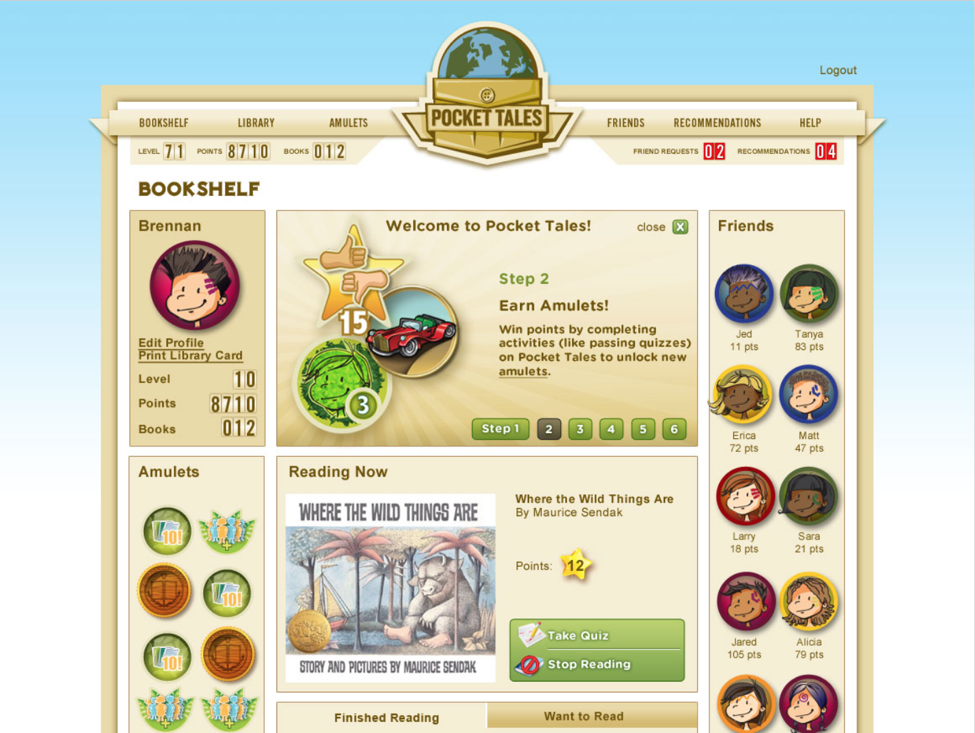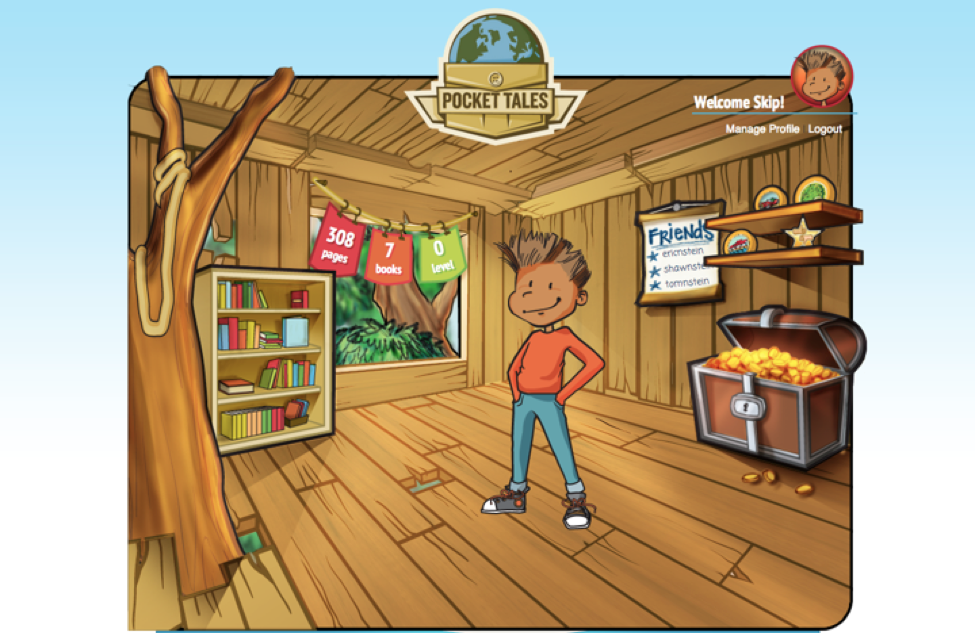Here’s How to Launch A New Product in 5 Days
When launching new tech products, it can be difficult to create the right solution to your customer’s problem on the first (or even fifth) attempt.
The challenging part about the launch process is customers think they deeply understand their problems, but they don’t know, or can rarely articulate, what a good solution would be.
Like a patient in a doctor’s office, the patient’s job is to describe their pains and symptoms. It is the doctor who assesses and prescribes a cure. The same is true for building something new – your customers can describe symptoms, but ultimately you must identify and validate assumptions about what’s causing the pain in order to find the ideal solution.
Finding the best solution is not easy. This is why launching new products is fraught with risk.
Have you encountered these issues before?
- It’s taking months to build and launch something before you get customer feedback.
- Your team keeps arguing about which features need to exist at launch.
- You can’t decide which problem to tackle first.
- Everyone on the team has a different idea of how the product should work, so you compromise on an in-between solution that meets no one’s needs.
- You launched the first version of your product to the sound of crickets.
Imagine if you could show customers a product that solves their problems after only a week of effort. How might that change the way your organization introduces new products to the market?
Businesses are rapidly adopting an emerging product design process known as ‘Design Sprints’ to help test assumptions around high-stakes product decisions in as fast as five days.
The results are staggering
At the heart of the design sprint process is a set of methodologies called Design Thinking. Popularized by IDEO, design thinking is a method of creating new products by designing for and with customers.
In 2009, I was introduced to design thinking when my first startup, Pocket Tales wasn’t getting the engagement we were expecting from our first product. Pocket Tales was an online reading site that encouraged kids to read by gamifying and rewarding good reading behavior.
We targeted our product at young readers ages 9-12. Kids are one of the most challenging audiences for which to design.
For the first iteration of our product, we assumed we would build a web application structured like a website most adults could navigate, but, was visually appealing to kids.

We were wrong.
Kids had a hard time finding important sections on the site because information was grouped under separate pages. Many kids struggled to find things that seemed simple to us. We made some very understandable, but highly problematic, assumptions about what kids would need.
We spent six months designing and developing a product that was doomed to fail. It looked beautiful, but it was the wrong solution to our users’ problems.
For the second iteration, we worked with IDEO partners using design thinking methodologies to understand challenges from the kids’ perspective. We replaced text with visual representations of the interface. Kids could click on actual items like the bookshelf and see the books in their library. Clicking the treasure chest revealed how many points they had earned.

These small tweaks had a dramatic impact on users. Our retention and engagement skyrocketed more than 200 percent.
By communicating and creating directly with kids, we designed a product they understood how to use. Design thinking and design sprints helped us accelerate our learning while building something our users loved.
What is a design sprint?
A Design Sprint is a five-day process that guides teams through the keys phases of product development. Created by Google Ventures, the Design Sprint helps reduce the risk of launching new products by combining the designing thinking methodologies of IDEO with Google’s own internal product launch processes.
Design sprints combine the best attributes of the lean, agile, and Minimum Viable Product methodologies by combining these practices into a shorter learning loop. Teams can save significant time and money by bypassing the build and launch phase and going straight from idea to learning.
Design Sprints are incredibly effective at unleashing an organization’s creativity by providing a highly structured, collaborative process that infuses business strategy, innovation, science, and design in a very short amount of time.
Each day during a sprint, teams work through a different area of focus that drives them toward a customer-tested prototype:
- Day 1 – Understand the Customer: Create a map of your customer’s journey, summarizing the challenge as it is experienced by them.
- Day 2 – Create Solutions : The entire project team will expand their imagination and sketch out different solutions to the problem.
- Day 3 – Vote and Iterate: Individually, each person on the team will vote on the solutions they like best and then add additional details about how that solution would work, start to finish.
- Day 4 – Prototype: Your team will adopt a “fake it” mentality and create a realistic looking prototype.
- Day 5 – Validate: On the last day, you’ll recruit customers and test the prototype with them, capturing reactions & feedback in real-time.
Putting design sprints into practice
Design Sprints can have a large and immediate impact on your organization. Sprints will change the way you think about building and launching new products by putting your customers at the center of your design process while helping your team rapidly build and test new ideas in a collaborative and fun environment.
At Sticksnleaves, we’ve run dozens of design sprints for our clients with amazing results. If you’ve never run a design sprint, there are a few things you should do to prepare:
- Read the sprint book. The sprint book provides a wealth of information on how design sprints work. The Google Ventures website also has resources on how to prepare.
- Block off a full week. Design Sprints require your entire team’s full attention for a week. Because the week is fast-paced, distractions can derail your team so make sure everyone can be present (physically and mentally) for the week.
- A designer should participate. During the prototype phase, it’s important that your solution look real and believable. It’s important to have a designer in the room to help you design a prototype that your end users can visualize and fully comprehend how it will work.
- Use a moderator. If you’ve never run a design sprint before, there are many places where your team can get stuck. For your first sprint, I highly recommend bringing in a moderator who has run sprints before to help move your team through the process and keep everyone on track.
Design Sprints align and orient your team around quickly creating, testing and validating what will work before investing a lot of time and money into developing a full solution.
If you’d like to learn more about how to put design sprints in practice, the Sticksnleaves’ team is happy to walk you through the process and see if a sprint is right for you.



